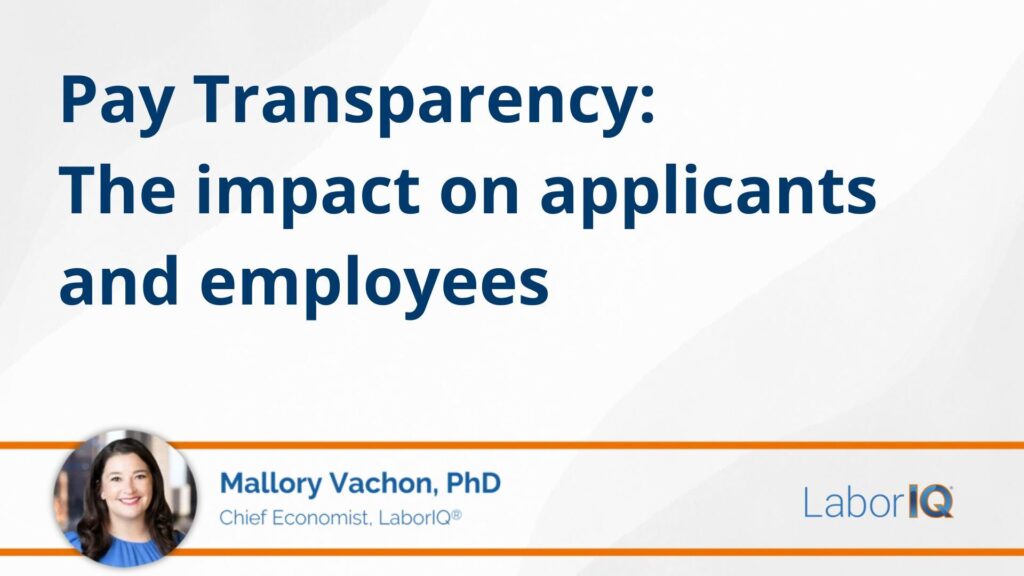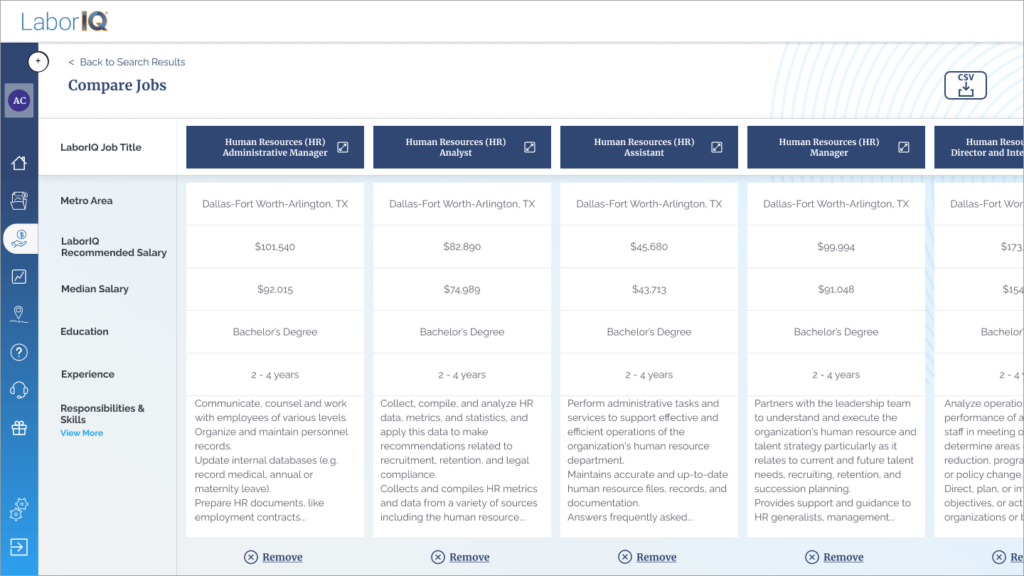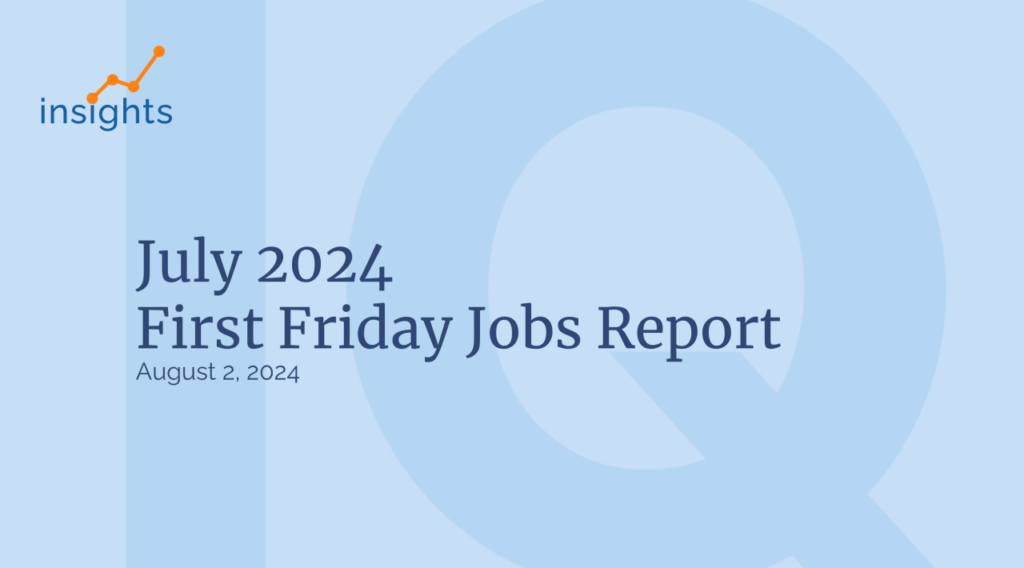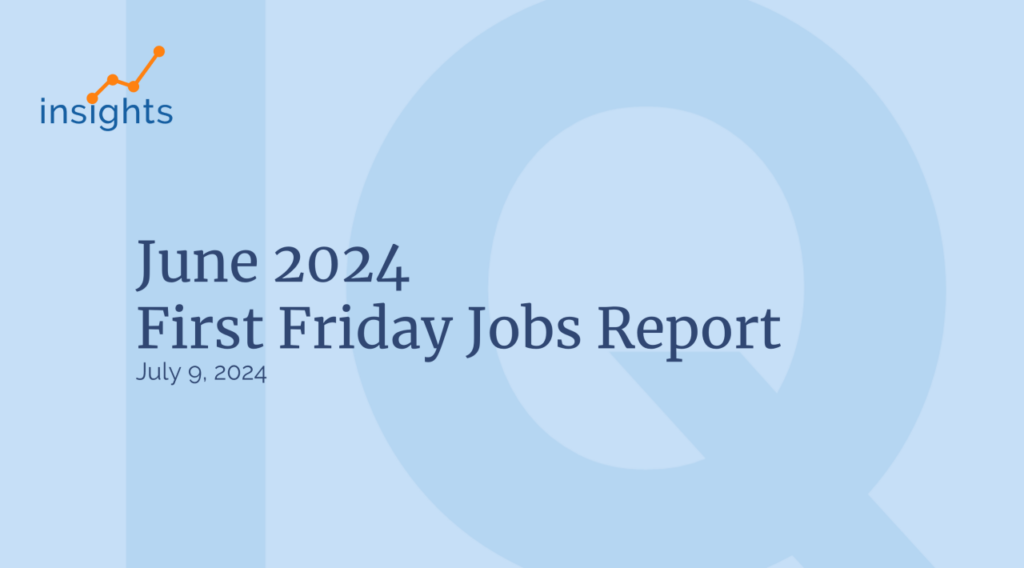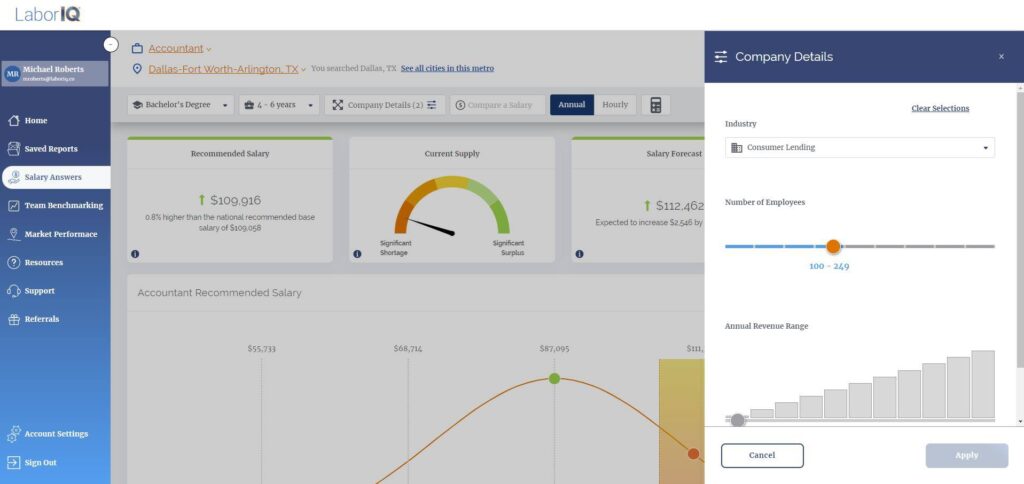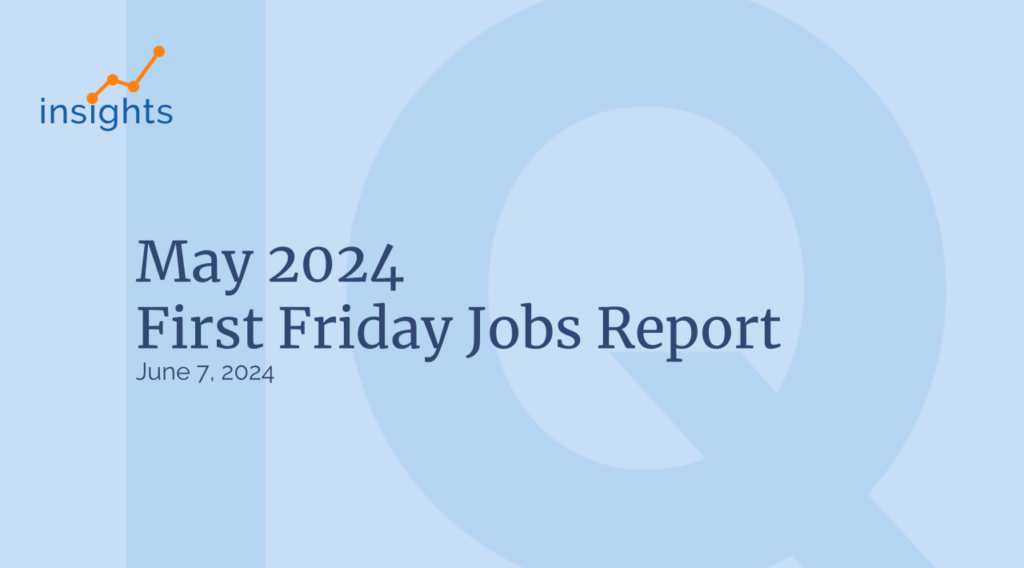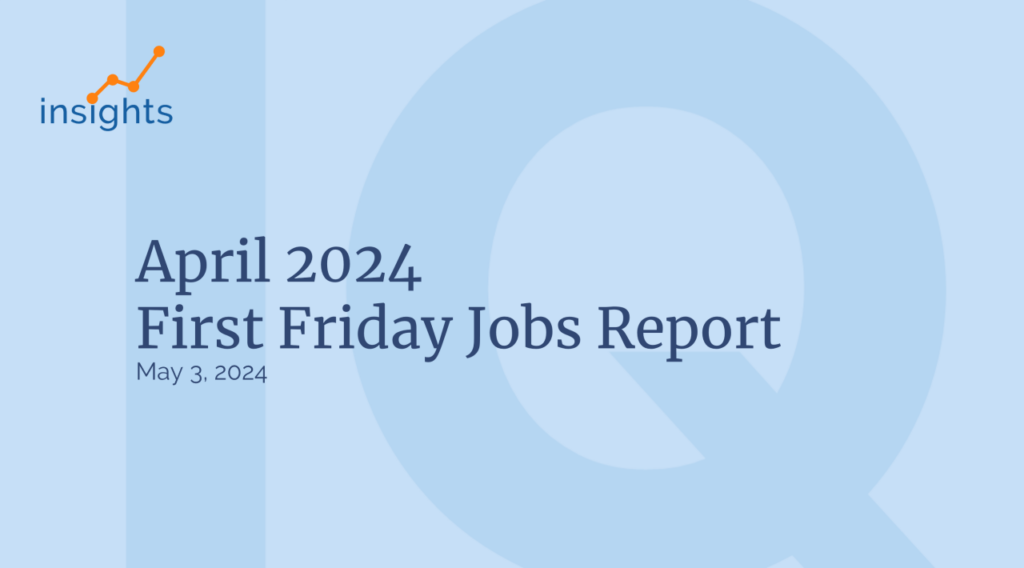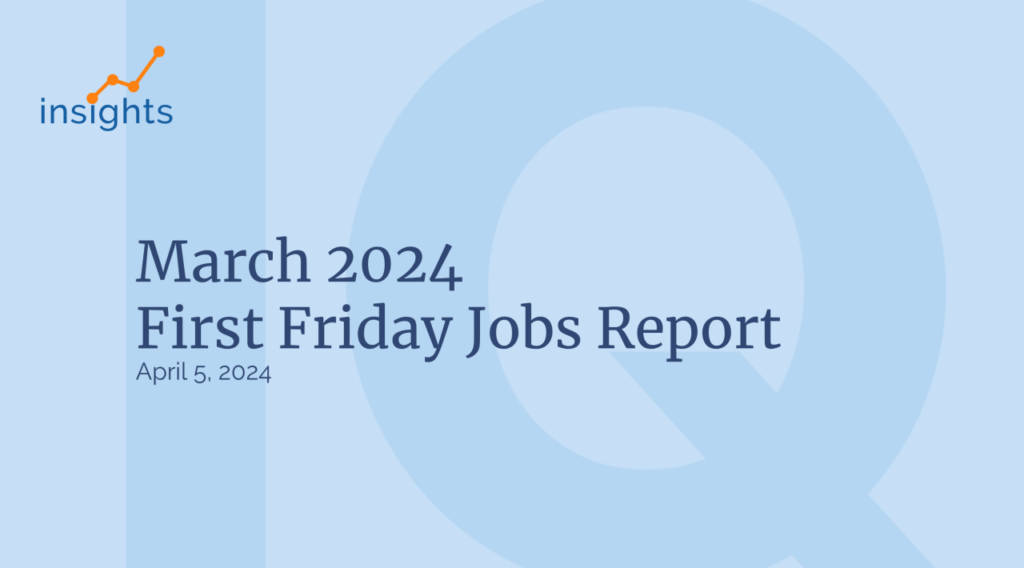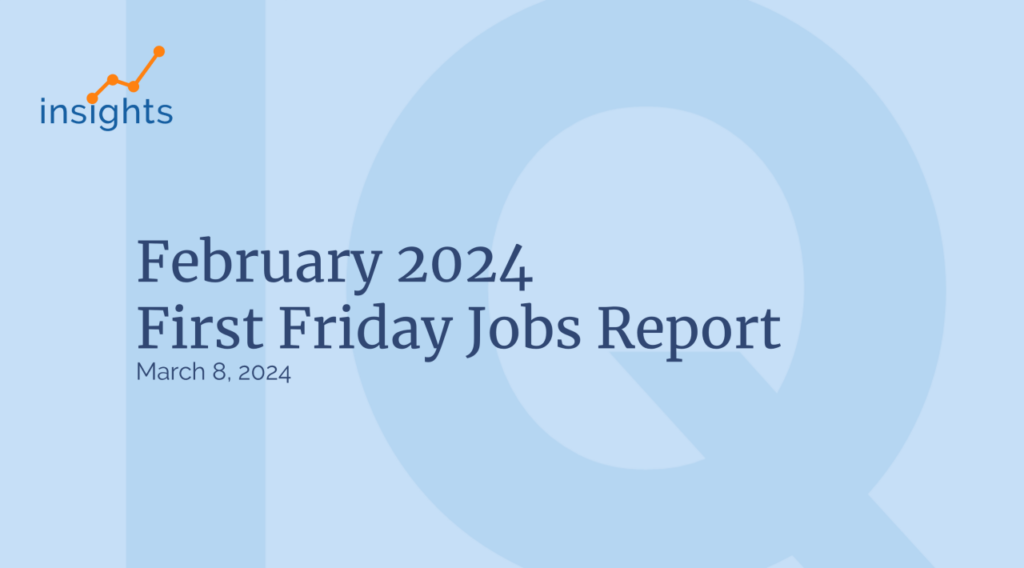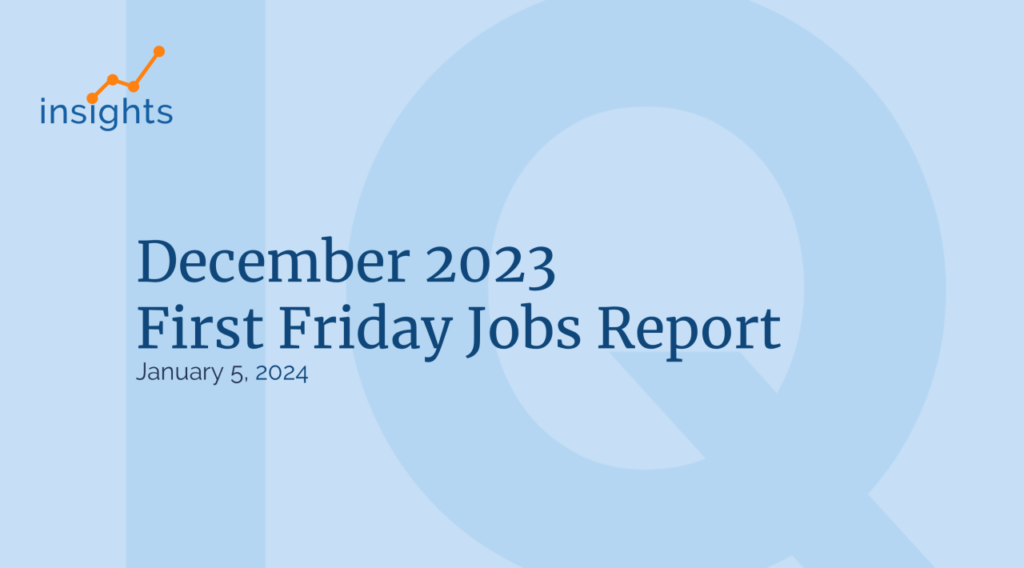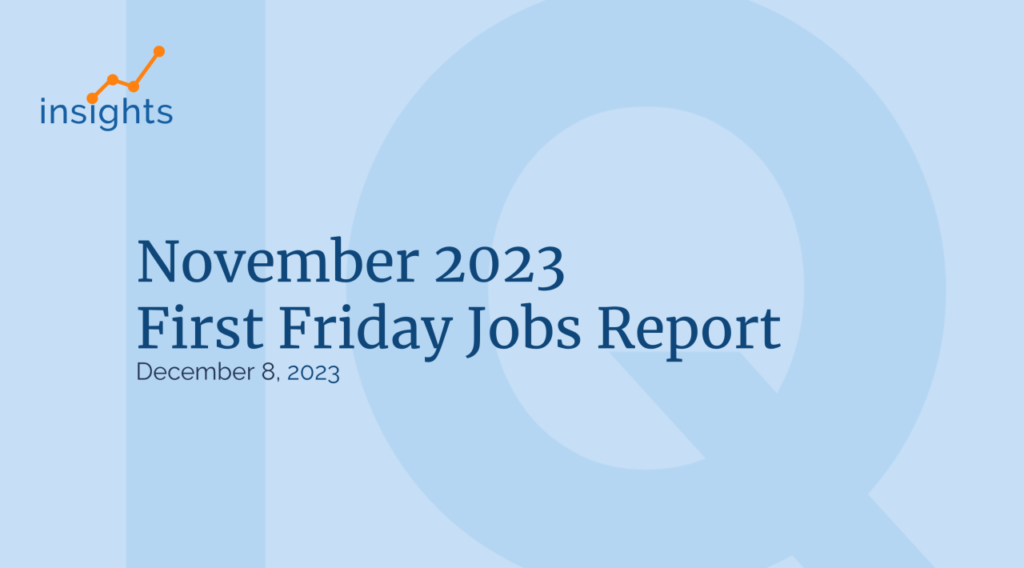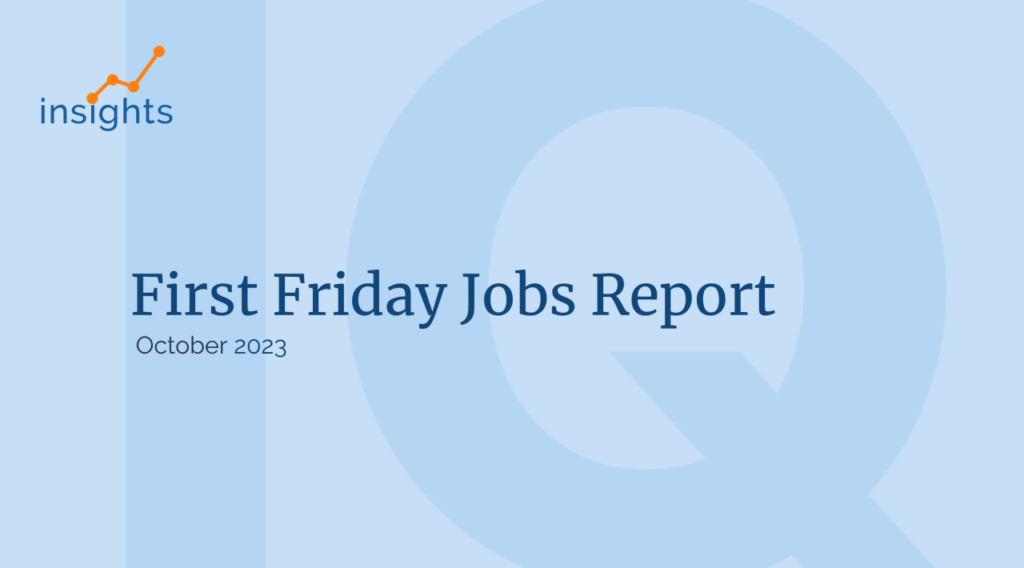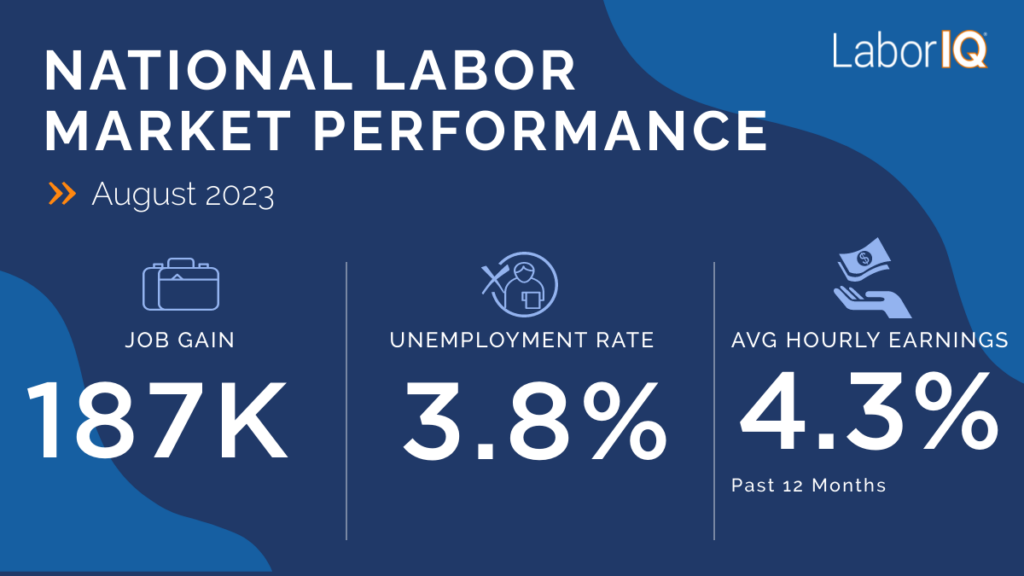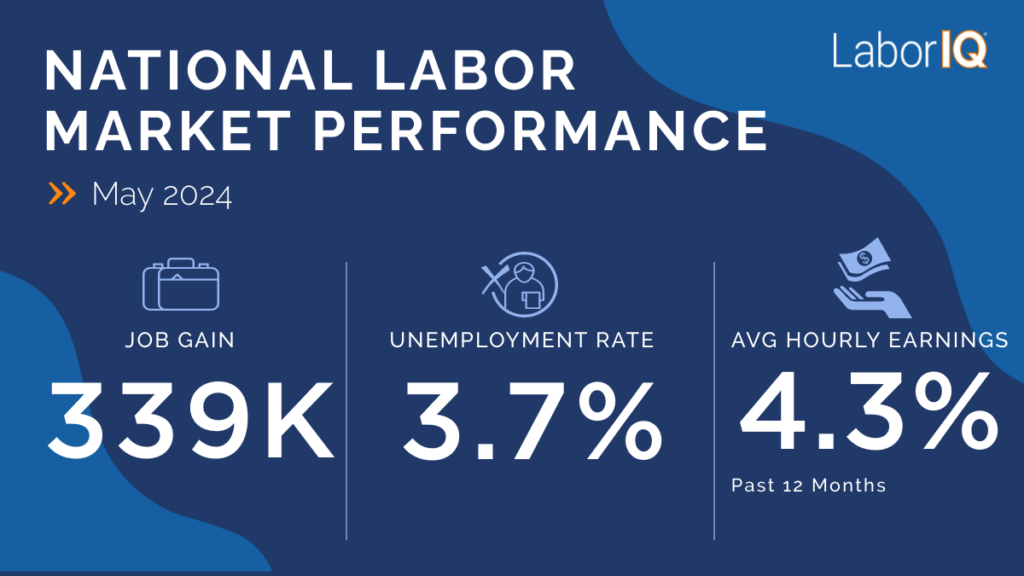If you’ve kept an eye on the latest hiring trends, you might already know the labor market is nearing an inflection point. As layoffs increase, new talent will become available, and the rate of hiring and voluntary resignations will moderate. But, unfortunately, this means pay rates will also change in response to the climate.

So, what does this mean for your compensation strategy? First, businesses can’t afford to make decisions based on outdated data. Rapid changes are approaching, so you may be forced to update your salary benchmarking every few weeks to stay on top of compensation trends.
With that said, in this article, we’ll discuss some of the top hiring trends in 2023 and, more specifically, how they’ll impact your compensation strategy.
Let’s dive in!
Attracting Talent in 2023
Your business might be competing for completely new hires. Or perhaps you’re still backfilling positions lost in the last year due to voluntary resignations and layoffs. In either case, attracting the right talent in 2023 will largely depend on your employer brand’s strength and the competitiveness of your salaries. After all, businesses with excellent employer brands get 50% more qualified applicants.
Top Tip: If your business operates in one of the 17 U.S. states in 2023 with a pay transparency law, addressing pay inequity should be at the top of your priority list. Needless to say, this is the first step to putting a good foot forward as an employer.
However, although the market can expect resignations and layoffs to slow down, 38 million people are still predicted to quit their jobs in 2023. This represents a voluntary turnover rate of 25%. Unsurprisingly, the most common reason people quit their jobs is compensation.
The average cost to replace an employee is 50-60% of their annual salary. So it’s in the best interest of the business to stay on top of compensation trends and offer competitive pay to reduce churn. Using LaborIQ’s benchmarking tool lets you quickly and easily identify which employees might be at risk of leaving due to dissatisfaction with their compensation. With this info in hand, you’re better positioned to take action to reduce your turnover rate.
Talent Supply
In 2022, the job market skewed in favor of employees due to a significant labor shortage. The unemployment rate in the U.S. fell to as low as 3.5%, which left employers struggling to compete for talent.
However, in 2023, we might see the labor market ease as unemployment rates are expected to rise to 5.1%. Previously, there was an average pay gap of 7% between in-place salaries and the market rate of new hires. This salary growth rate is likely to slow or even decline in some cases.
Accordingly, businesses can expect more talent supply this year at a more affordable rate. Employers should carefully monitor compensation trends to make the most of their budget.
Industries and Job Roles that Will See the Most Growth in 2023
LaborIQ rounded up its most common searches in 2022 to provide insight into which markets might see the most growth in 2023. Out of thousands of job roles, the top user searches were:
-
Ops and admin: Unsurprisingly, these job roles span all industries, with C-suite jobs, administrative and executive assistants, and operations and office managers being the most commonly searched position.
-
Tech: Roles in this sector had the third-highest search volume in 2022, with roles like software engineers, IT directors and data engineers in the top three spots.
Industries like health care and manufacturing were also near the top of the list. As such, they will likely see their average salaries increase in 2023.
The increase in demand for these roles provides candidates more leverage. To compete effectively, businesses need to ensure their salaries meet market levels and that their overall compensation plans remain attractive in the coming year.
How Users are Leveraging LaborIQ to Win Talent in a Changing Market
Compensation remains the top concern of both job seekers and employees as the cost of living continues to rise.
However, by investing in compensation research and establishing thorough compensation benchmarks, businesses can better position themselves as attractive employers. After all, in some instances, average salaries can change monthly. For example, a survey by the global advisory service WTW found that two out of five companies have adjusted their salaries more aggressively in the past year or will do so in the future. As such, looking at historical research isn’t enough.
Instead, hiring managers need access to current, up-to-the-minute data. As the research director of WTW notes, it’s more crucial than ever for businesses to pay attention to market data and use this information to make decisions. Enterprises need better benchmarks and more accurate salary metrics to plan their compensation strategies.
For this, LaborIQ users are leveraging its database of thousands of U.S. businesses across the country. On average, it takes only 49 seconds to access salary recommendations for specific job titles and locations.
LaborIQ combines current and forecasted economic and labor market trends to provide recommended salaries that adjust to the changing environment. That way, you can ensure that you aren’t using last year’s trends while making today’s decisions.
Final Thoughts
With rapid changes to the labor market closely upon us, businesses can’t afford to let their compensation strategies collect dust. In 2023, hiring managers will need access to instant, up-to-date compensation benchmarking to compete for top talent. This is especially true in an increasingly transparent market, where pay disclosure is becoming the norm.



